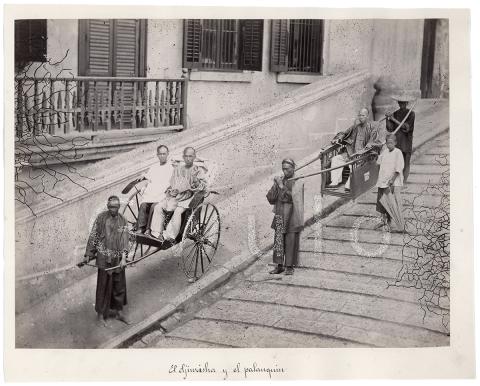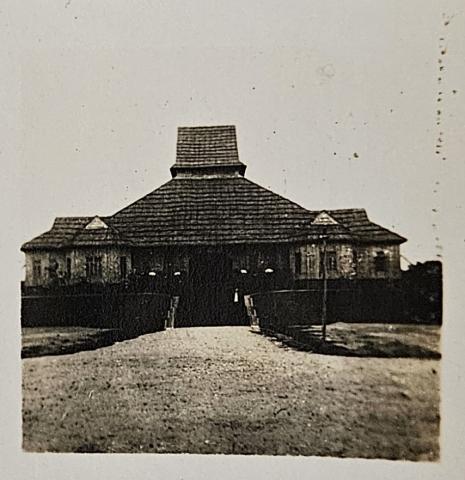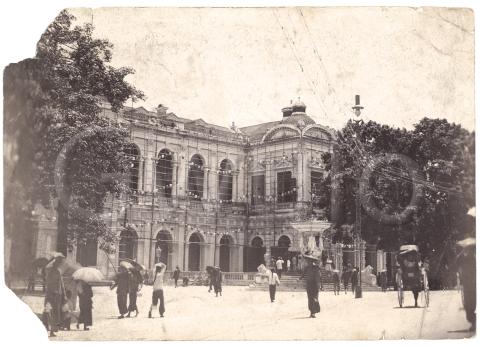New on Gwulo: 2025, week 05
What's new and updated on the Gwulo website:
Organisations & People
There have been some great stories added these last two weeks:
- The epic is the almost 500-page Mum's diaries by Jon Rollins. As the name suggests, it is based on diary entries written by his mother, Phyllis Lang, in Hong Kong, Macau, and finally England, during the years 1941-46. When it starts she is aged 19, and studying at Hong Kong University, so we get a very different view of life in wartime Hong Kong than we've seen in previous diaries. If you had family members in Hong Kong at that time, you might want to start with the Index of Names to see if they are mentioned.
- February 1944 saw American pilot Donald Kerr shot down over Kai Tak airfield. His journal of the dogfight, parachuting to the ground, and the long escape to free China makes fascinating reading.
- Chandru Vaswani writes about his father, Assudamal Hashmatrai VASWANI [1899-1949]. Chandru knows his father was arrested, tortured, and imprisoned by the Japanese during WW2, and is hoping to find out more about why that happened. We've been able to add some details, but any extra information will be gratefully received.
- Moving post-war, Martin Reynolds has posted his mother Shirley Gillard's impressions of visits to Repulse Bay, Fanling, a Japanese circus, etc., after she came out to HK in 1956 as a young teacher with the Army School at Murray Barracks.
- Stuart Braga continues his series of biographies of the thirteen Braga siblings with a page for Paul BRAGA [1910-1989], businessman and fine arts collector.
Other people:
- Cornelis KOSTER (aka Cornelius) [1900-1926] - a Dutchman who died young in Hong Kong. What was his story?
- David LYON [????-1941] worked in Jardines, fought with the HKVDC, was killed on 25 Dec 1941.
- Internees in Stanley Camp:
- Selwyn Henry LANGSTON [1889-????], merchant
- Organisations:
- C. W. Olson & Co. [1925-c.1927]
- The Hongkong Butchery Company [????-????]
- C. W. Olson & Co. [1925-c.1927]
General
-
We've had a few readers send in payments of £10 for my upcoming talk in London on 5 April. I clarify that the cost of the event is £12 per person unless you are a full time student or a member of the Friends of East Asia. I've updated the Details and booking to make it clearer.
-
Photos of Hong Kong's buses through the years.
-
The 1890 Jurors List is now online, and ...
-
... we've started typing up the 1889 Jurors List - please join in and type up a page if you can spare 30 minutes.
-
Whicker's Orient: Three HK-based episodes, shot in 1971, of Alan Whicker's popular show Whicker's World.
-
The re-occupation of Hong Kong by the British in 1945, from Japanese and British viewpoints.
-
Readers are looking for ...
Places & Streets
- Read more about New on Gwulo: 2025, week 05
- 2 comments
- Log in or register to post comments




